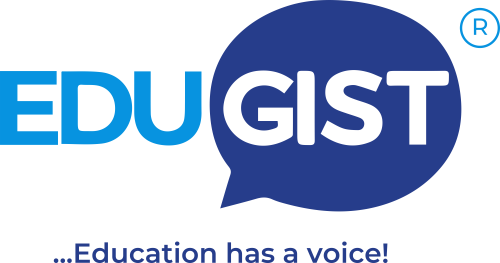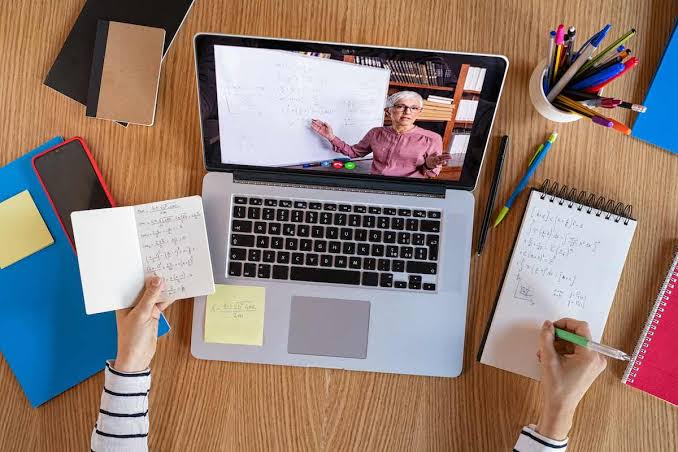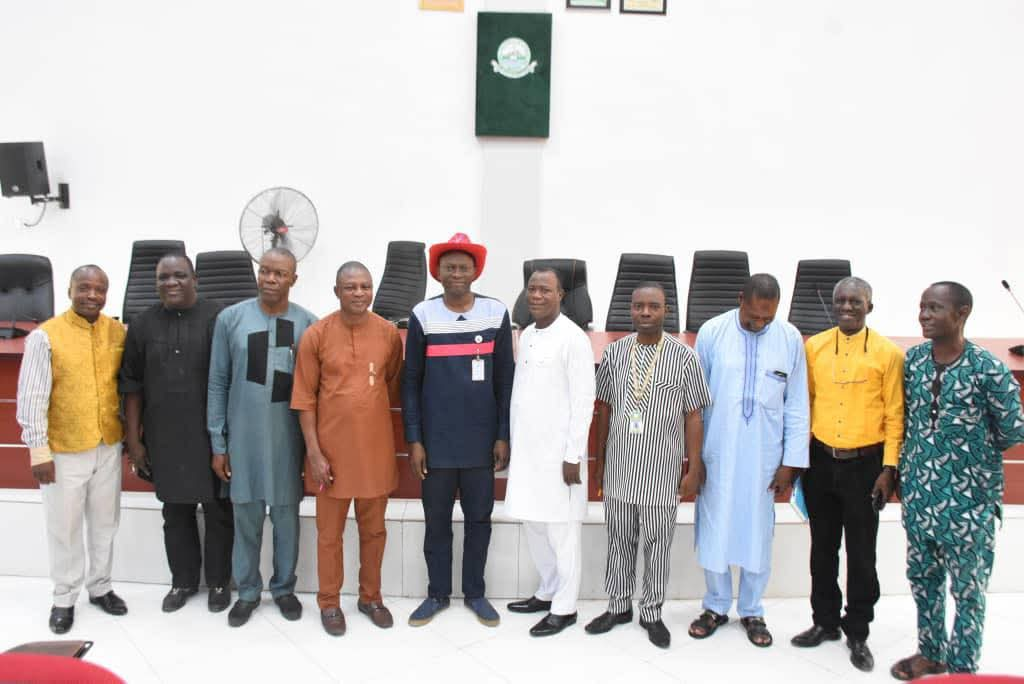The landscape of education has changed completely because of online learning and virtual classrooms which allow students from all over the world to learn in a flexible manner. For example, instructors can enhance their engagements with students, collaborations and personalization by making sure that they use effective strategies.
Interactive multimedia content is necessary for enhancing engagement and visual understanding. This can be done through the inclusion of videos, animations and gamification that is responsive to different learning styles and preferences.
Immediate feedback and support are the reasons why real-time communication is important. Live chats, video conferencing and instant messaging are meant for synchronous communication that imitate traditional classroom interactions.
Collaborative tools like discussion forums, group projects or peer reviews foster team work spirit as well as social learning. These tools enable joint building of knowledge as well as development of skill sets.
Adaptive technologies together with learning analytics help realize personalized learning in which instruction is tailored to individual needs or abilities. Instructional decisions based on data lead to enhanced or optimized learning experiences.
For instance, virtual field trips made possible through Virtual Reality (VR) and Augmented Reality (AR) technologies create an immersive experience into places that may be difficult to visit physically.hhhhh
Mobile optimization is the process of making sure that any content, be it an application, a website or a web app is easily accessible across all devices and platforms with various interfaces, targeting diverse learning styles using mobile responsive design to optimize virtual classrooms.
Office hours are one way for students to consult their instructors on matters pertaining guidance and support; this helps in creating individualized channels.
Feedback and assessment of progress track how learners are improving while also giving constructive feedback meant to encourage growth and development in learners thus informing instruction and enhancing learning outcomes.
Some of the common techniques used to maintain student interest include icebreakers, polls as well as other interactive activities. Such techniques help the learner feel part of the group hence they will actively be involved which in turn leads to better performance especially when there are rewards attached to them.
A faculty training workshop such as this is designed for instructors who want professional development opportunities towards improving their online teaching skills so as to become more proficient in virtual classroom technologies and pedagogies.
Virtual mentorship aims to promote career development and networking through the pairing of students with experienced professionals or peers who will guide and help them throughout.
To ensure accessibility of virtual classrooms, the necessary accommodation should be made for the disabled students and use of accessible features and tools for equal education opportunity.
This includes; making content interactive through videos, animations, gamification elements that can get student ’s attention and keep them interested in what they are learning
Another vital technique is enabling live communication during learning processes. It may include things like; video conferencing, live chats or group projects that engage real-time collaboration. This enables students to connect with their instructors as well as peers thus enhancing a sense of community among themselves besides promoting active learning.
Personalized teaching is essential because it enables teachers to adjust their instructions based on individual students’ needs which are very different from one another. To do this, adaptive technologies and progress analytics should be used by which show how much a student has learnt.
Virtual field trips and flipped classrooms are also ways to experience new environments and approach traditional teaching methods. Additionally, microlearning and mobile optimization guarantee that knowledge is available and easy to reach while in virtual office hours, continuous feedback gives ongoing encouragement.
Finally, faculty training & support, virtual mentorship, accessibility & accommodation contribute significantly towards effective and inclusive online learning.
With these methods in place, educators can develop interactive digital environments that support students’ interests and foster lifelong learners.











